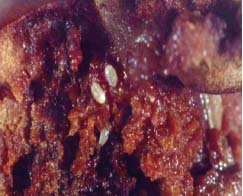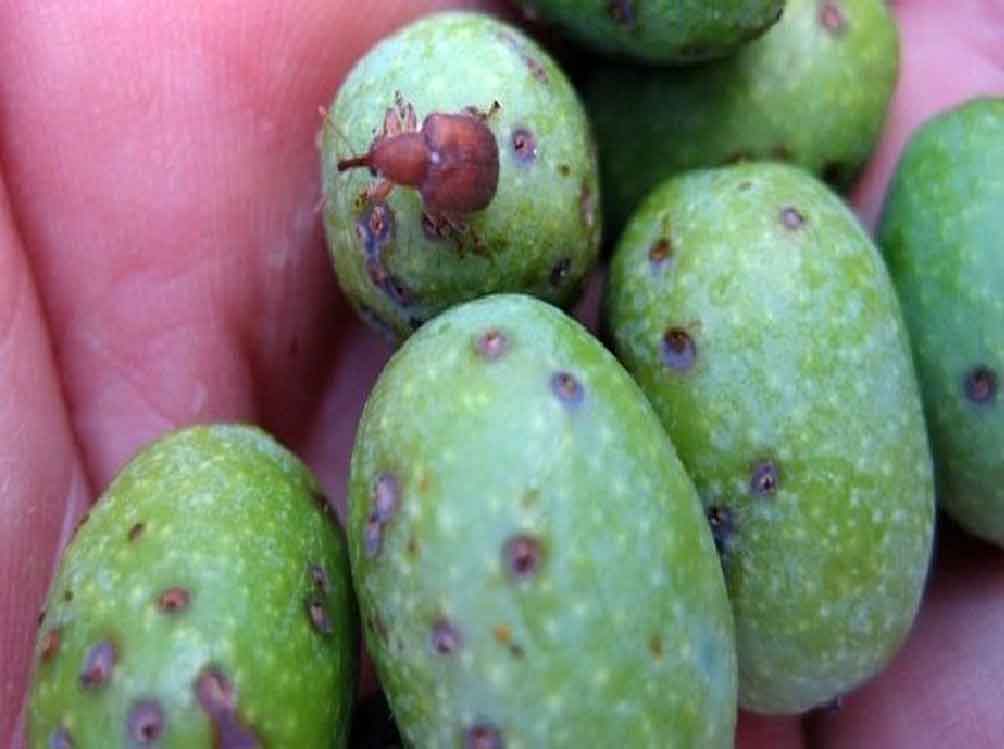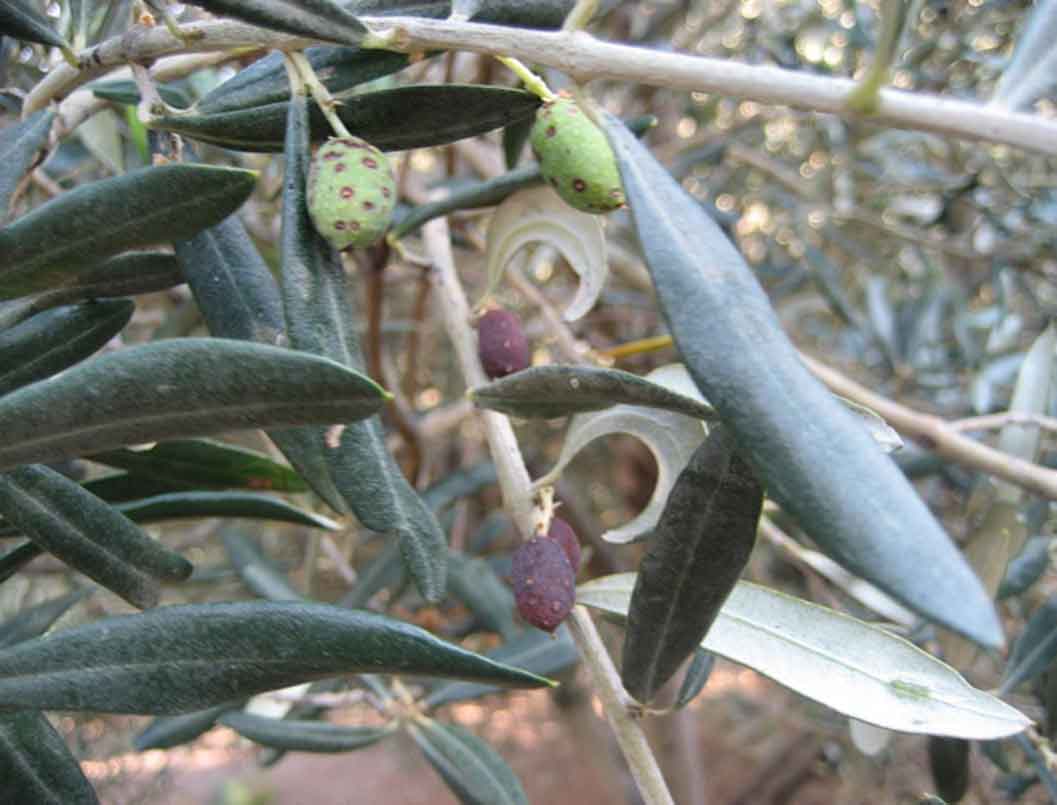|
|
| Lasioptera Berlesiana |
Lasioptera Berlesiana in the last thirty years of the 20th century some gall midge species once more drew the attention of researchers in agriculture. RAGUSA GENDUSO & RAGUSA and LIOTTA carrying out researches on pests of olive mentioned the occurrence of Lasioptera berlesiana, while RAGUSA studied the biology of Dasineura affinis. VACANTE VACANTE & FIRULLO and COLOMBO et al studied the use of the predacious gall midge species Feltiella acarisuga (=Therodiplosis persicae) as biological control of tetranychd mites in greenhouses |
|
 |
 |
Lasioptera Berlesiana sicily was once covered by abundant woods and Mediterranean maquis, reduced to small areas during different foreign dominations and largely destroyed by the Romans,when the island became the granary of the Empire. After the downfall of the Roman Empire and the Moslem conquest, the nomadic pastoralism increased the agricultural decay and the erosion and desertification of the land. |
|
| Cultivated olives are still the most widespread tree below 700 m, almonds are widely scattered, mostly on the poor soils of central Sicily, along the coasts citrus plantations are widely cultivated.x |
| Mediterranean species are associated with Mediterranean host plant species that have centres of origin in the Mediterranean area. Lasioptera Berlesiana to this group belong eleven species of the genus Asphondylia; Dasineura oleae, Resseliella oleisuga, Lasioptera berlesiana and Asynapta furcifer associated with olive tree olive fruits damaged by Bactrocera oleae and colonized by larvae of Lasioptera berlesiana The latter lays the egg next to that one of B. oleae, infecting the chamber with the fungus Camarosporium dalmaticum |
 |
|
|
|
|

